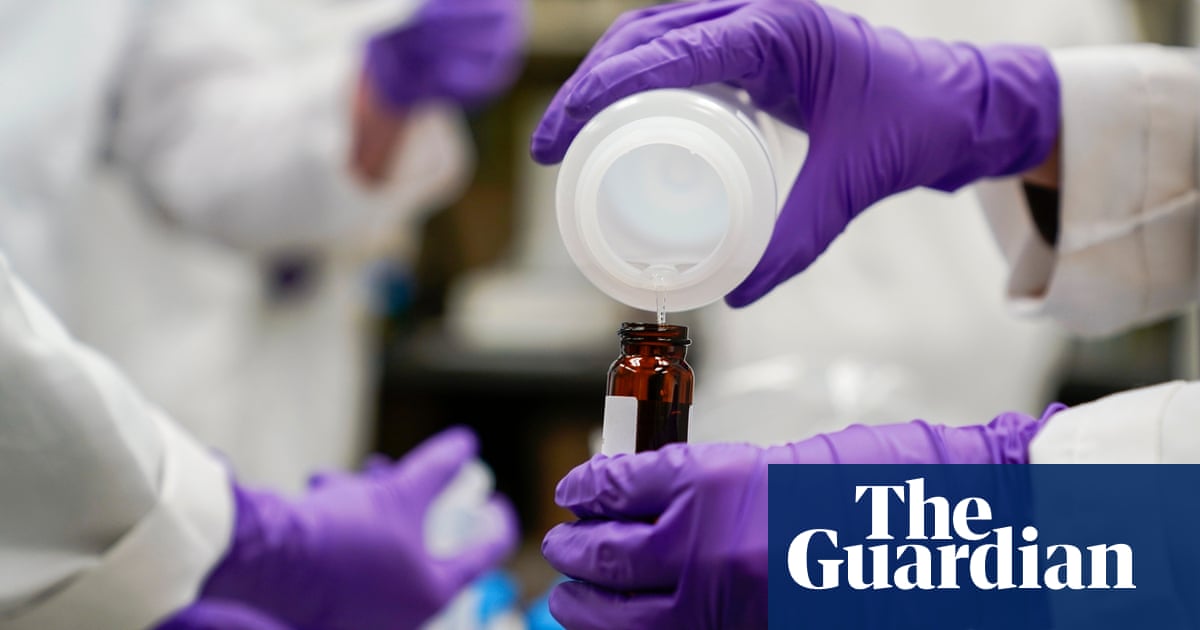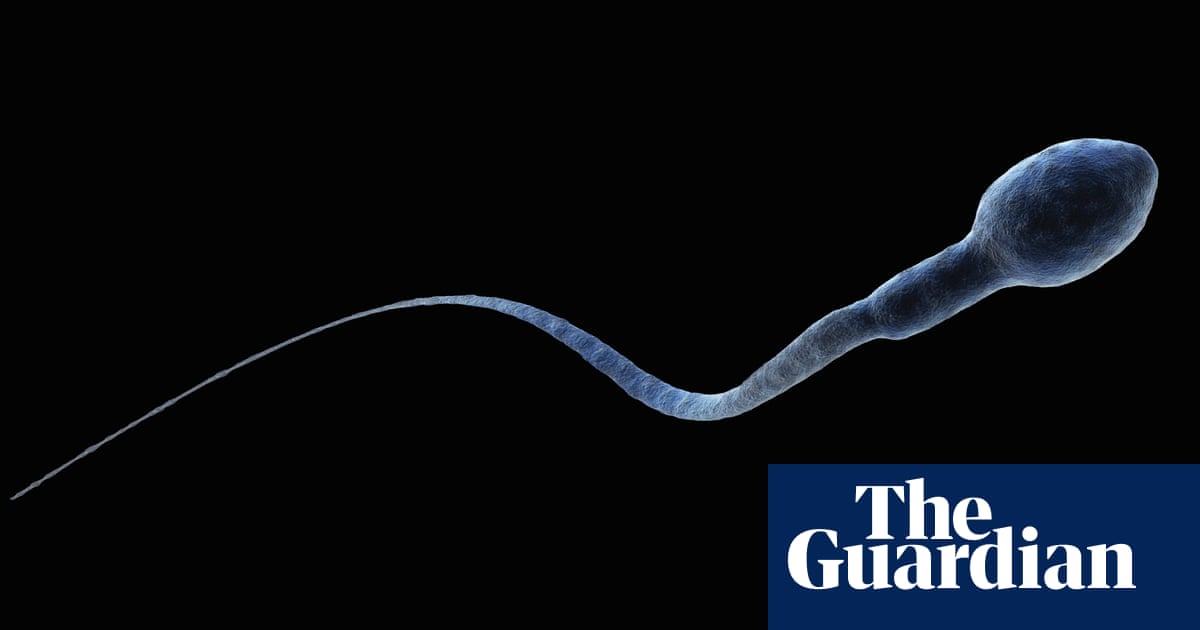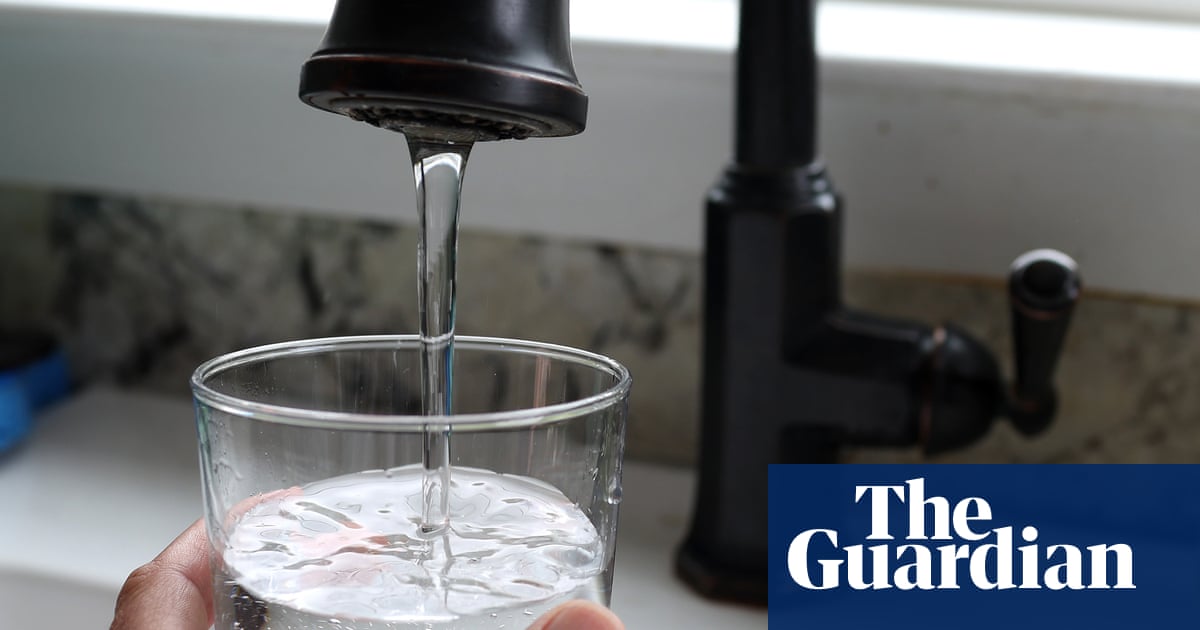
Exclusive: Cambridge Water admits supply to homes contained above the legal limit and customers never told
Water with four times the legal limit of PFOS was supplied to homes in south Cambridgeshire in June
PFOS is a man-made chemical that has been associated with increased cholesterol, low birthweight and suppressed immune response, Photograph: Nick Ansell/PA
Rachel Salvidge
@rachsalv
Tue 8 Feb 2022 06.00 GMT
Drinking water containing dangerously high levels of toxic chemicals has been pumped into the homes of more than 1,000 people, the Guardian can reveal.
Cambridge Water has admitted it removed a supply containing four times the legal limit of perfluorooctane sulphonate (PFOS) from the homes of customers in south Cambridgeshire in June last year. But the 1,080 customers living in Stapleford and Great Shelford were never informed that they had been exposed. The company has not revealed for how long the water had been tainted.
PFOS is a man-made chemical that has been associated with increased cholesterol, low birthweight and suppressed immune response. The chemical was widely used in firefighting foams from the late 1960s until the early 2000s in large quantities at airfields and firefighting training centres.
Dubbed “forever chemicals” because they are designed never to break down in the environment, the substances can percolate through the ground for years, reaching drinking water aquifers.
Jamie DeWitt, professor of pharmacology and toxicology at East Carolina University in the US, said: “People who have been consistently consuming water at [these levels] will have increased risk of certain types of diseases that have been linked to epidemiological studies … including changes in cholesterol … [and] reduced vaccine antibody responses, which is concerning because we really need our immune system to be working really well right now.”
The aquifer supplying the affected houses, close to Duxford airfield, was found to have PFOS levels at almost 400 nanograms per litre (ng/l) of water – four times the Drinking Water Inspectorate’s limit.
Plastic bottles collected for recycling.
Collection of plastic bottles in large plastic container collected for household waste recycling.
Toxic ‘forever chemicals’ are contaminating plastic food containers
Read more
She said other chemicals in the wider polyfluoroalkyl substances family – known as PFAS – “have been linked to kidney and testicular cancer and those in utero or very young are at risk of developing health problems”.
The people of the affected villages remain in the dark. Malcolm Watson, the chair of Great Shelford parish council, said: “We’ve heard nothing at all from Cambridge Water … they’ve been very backward at coming forward.” Belinda Irons, the clerk of Stapleford parish council, said the organisation “had no knowledge” of the contamination.
Great Shelford is home to about 5,000 people and Stapleford about 2,000, according to Watson, who said he would be surprised if the larger village of Sawston, which lies between Duxford airfield and Great Shelford, had escaped contamination.
Tony Fletcher, associate professor at the London School of Hygiene and Tropical Medicine, described levels seen in Duxford as “clearly grossly exceeding anybody’s recommended limit for drinking water”. He said PFOS accumulates in the body, with a half-life of about three to five years. “Once you get them in your body it takes a long time for you to leach them out because of the process of active reabsorption,” he said.
Cambridge Water said it removed the contaminated water from its supply in June and the exposure was under investigation. It admitted it had not told the community but said it had blended the water with another source.
It said it was “unable to guarantee a blend below 100ng/l for our customers at all times and … previous samples taken from the same area have shown PFOS levels below 100ng/l”.
Tap water
UK ‘flying blind’ on levels of toxic chemicals in tap water
Read more
The water firm will not say how long the villages have been drinking the contaminated supply, only that previous modelling and sampling undertaken in 2020 suggested the levels were previously below 100ng/l, although it would not give an exact concentration level.
A spokesperson for Cambridge Water said it has a monitoring plan in place for 47 substances, as required by the Drinking Water Inspectorate, “using a laboratory that will have an accredited analytical method very soon”.
It said “public health is our top priority and we will ensure all of our PFAS risk assessments are kept under continual review”.
The UK has one of the highest acceptable PFOS thresholds in the world. Philippe Grandjean, of the University of Southern Denmark and adjunct professor of environmental health at Harvard, said acceptable concentrations would be reduced as more evidence appeared. “It’s similar to what happened with asbestos and lead. In the beginning people didn’t believe it was that bad.”
A worker processes outdoor waterproof bags for the domestic market at the workshop of the Wellgreen Outdoor Co., Ltd. in Fuzhou, southeast China"s Fujian Province, Nov. 2020. Photo by Xinhua/REX/Shutterstock (11010364b)
Nearly 75% of water-resistant products contain toxic PFAS, study finds
Read more
The more of this class of chemical that is absorbed into the body, the greater the risk of adverse effects, Grandjean said. “You’re not going to get poisoned but the exposure will add to your risk of non-communicable disease, such as endocrine disruption, like thyroid gland problems – there may be problems with a host of diseases, like you’re at a greater risk of developing type 2 diabetes and obesity.
“In regard to reproductive health, there’s a lesser chance of actually achieving pregnancy, and once a woman gets pregnant then there’s a greater likelihood of preterm birth and child that is low birthweight or lower than expected.”
Duxford airfield’s spokesperson said no banned substances “are knowingly used anywhere across our estate” and that it no longer uses firefighting foam “and haven’t for years, as we are aware of the sensitivity of the aquifer that Duxford sits on top of”.
There has been little testing of drinking water in the UK compared with other countries, but in October the Drinking Water Inspectorate told water companies to check their supplies for 47 types of PFAS.
Defra, the Drinking Water Inspectorate and the Environment Agency declined to comment.












